By Dr. S. Shankara Bhat
Several news items in Star of Mysore in the last two decades have brought to light tree fall incidents across the city and it is a concerning issue. These tree crashes result in severe damage to property, including parked vehicles, electrical poles, TV cables, and, tragically, the occasional loss of human lives.
One of the common trees that fall are Gulmohar or Gulmohur (May flower) tree. These trees are commonly found along pavements, roadsides, and in various gardens throughout Mysuru city. However, their unsuitability for planting on pavements due to buttress roots, which can dislodge tiles, presents a challenge.
Moreover, they often obstruct pedestrian pathways. Consequently, parks and larger gardens would be more suitable locations for their cultivation. At present, all of the Gulmohar trees are mature, with some appearing to be in precarious conditions, characterised by relatively softwood and numerous branches spreading in various directions.
Pruning these branches is essential to ensure unimpeded movement for pedestrians and vehicular traffic. Unfortunately, it appears that the flamboyant Gulmohar trees have been subjected to unscientific pruning practices, leading to the formation of cavities and hollows in nearly all of the tree trunks.
Hollows and cavities
These hollows and cavities result from fungi and insects entering through wounds caused by reckless branch cutting. Over time, such cavities compromise the structural integrity of the Gulmohar trees, weakening them. Consequently, gusty winds and heavy rains pose a significant risk of toppling these weakened trees.
It is imperative to adhere strictly to the correct method of pruning to promote the healthy and vigorous growth of Gulmohar trees, preferably when they are young. Pruning requires skill and should be performed using appropriate sharp tools.
The pruning method and tool type should be chosen based on the thickness of the branches. Pruning of large and heavy branches should be conducted under the supervision of a trained professional.
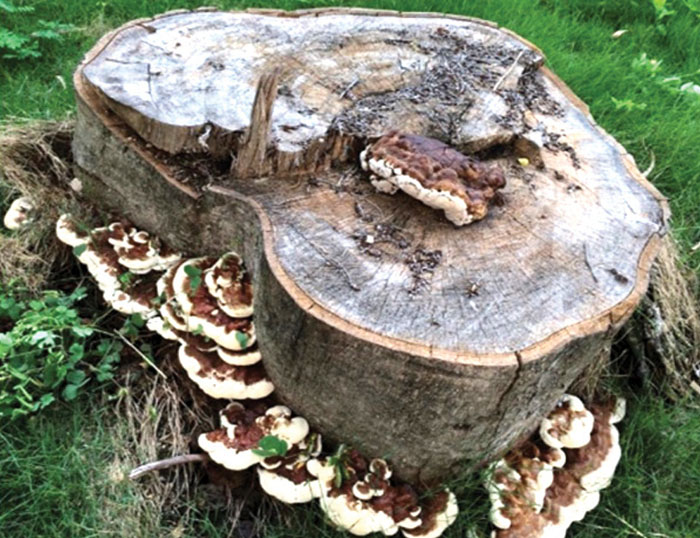
Three-cut method
In most cases, a three-cut method with a pruning saw is recommended. The first cut is made approximately 30 cm away from the base of the branch by sawing from the underside up to about one-third of its thickness. The second cut is made from the upper side of the same branch, roughly 6-10 cm further away from the first cut, completing the sawing process across the branch.
By the time the second cut is complete, the branch should come down to the ground. However, there is a possibility that the branch might break due to its weight when the cut is about two-thirds of the way through, resulting in tearing; nevertheless, no damage would occur to the crucial branch collar. Finally, the third cut is made very close to the branch collar, thus preventing the tearing of the bark and stem, which would otherwise expose the inner tissues of the branch collar. For information on the correct way to prune any tree, one may watch the video “pruning trees with the three-cut method” using the following link: https://youtu.be/7JgvA_0BpBw.
Root disease, fungus
Furthermore, Gulmohar trees are susceptible to a devastating root rot disease caused by a fungus. Initial symptoms include yellowing of leaves and wilting, followed by undersized leaves and dead terminal branches in subsequent years.
A conspicuous symptom is the appearance of conks (fruiting bodies) on the buttress roots and/or the basal portion of the trees during the rainy season. While the disease may remain inconsequential for several years, eventually, the roots decay, and sometimes termites damage the lower parts of the tree trunks.
Severely diseased and damaged trees can suddenly uproot and collapse, posing a risk. Hence, a combination of factors may hasten the falling of Gulmohar trees, and the timing of such incidents remains unpredictable.
Even after removing the aerial parts of diseased and dead Gulmohar trees, the stumps are left behind, continuing to produce conks during the rainy season for several years. Millions of fungal spores are released from these conks into the surrounding air, facilitating disease spread to neighbouring trees of the same species.
Preventive measures
To effectively manage the spread of root rot disease in Gulmohar trees, preventive measures are crucial. The following actions are recommended:
• Promptly cut down and remove severely diseased trees from the site, ensuring the removal of stumps. Destroy or burn the stumps to prevent further spread. If there is an unavoidable delay in removing infected trees, promptly remove and burn any conks formed to minimise pathogen transmission.
• Take measures to prevent incidental wounds from occurring on the buttress roots and basal portion of the tree.
• Maintain a minimum distance of 18-20 metres between Gulmohar saplings when planting to reduce risk of disease transmission.
In addition to these measures, it is hereby requested that the Commissioner of Mysuru City Corporation (MCC) arrange periodic inspections by a certified arborist (tree surgeon) or subject expert to identify potential issues with mature Gulmohar trees, if any.
It is also crucial to maintain a database of diseased trees. Any extremely hazardous trees should be promptly cleared from the sites, and until then, they should be labelled as “Danger – No Parking, No Resting.” If people comply with this message, we can minimise the risk of unexpected tree falls and prevent damage to property and life.
[The writer is the Founder of Plant Clinic, Department of Botany and Founder-Professor of Microbiology (Retired), University of Mysore. He is the author of the ‘Manual of Urban Tree Protection and Conservation to Beautify Indian Cities: A Case Study of Mysuru City’].



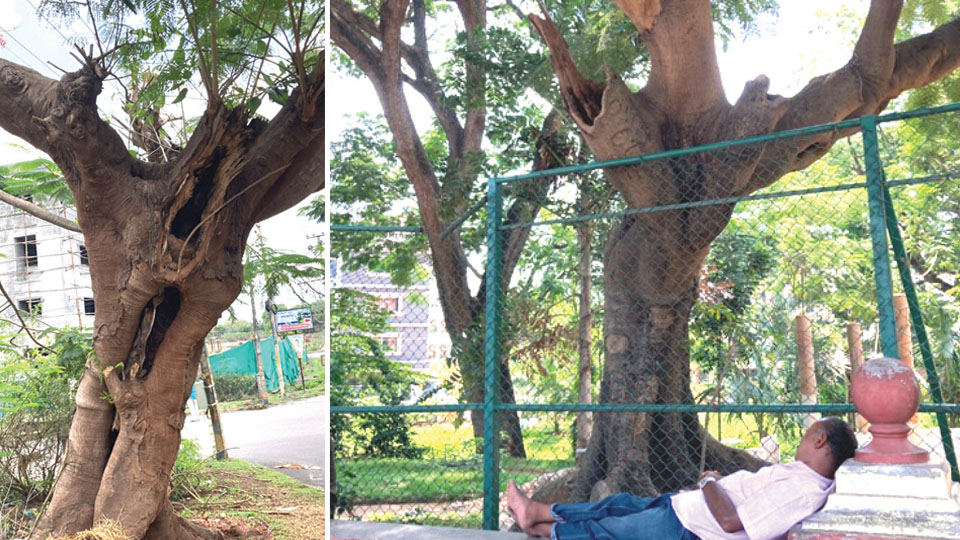
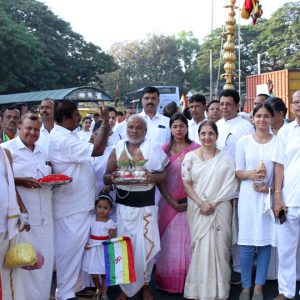

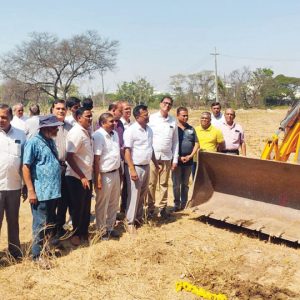
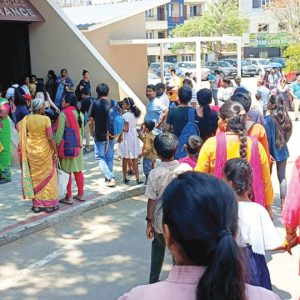
Recent Comments